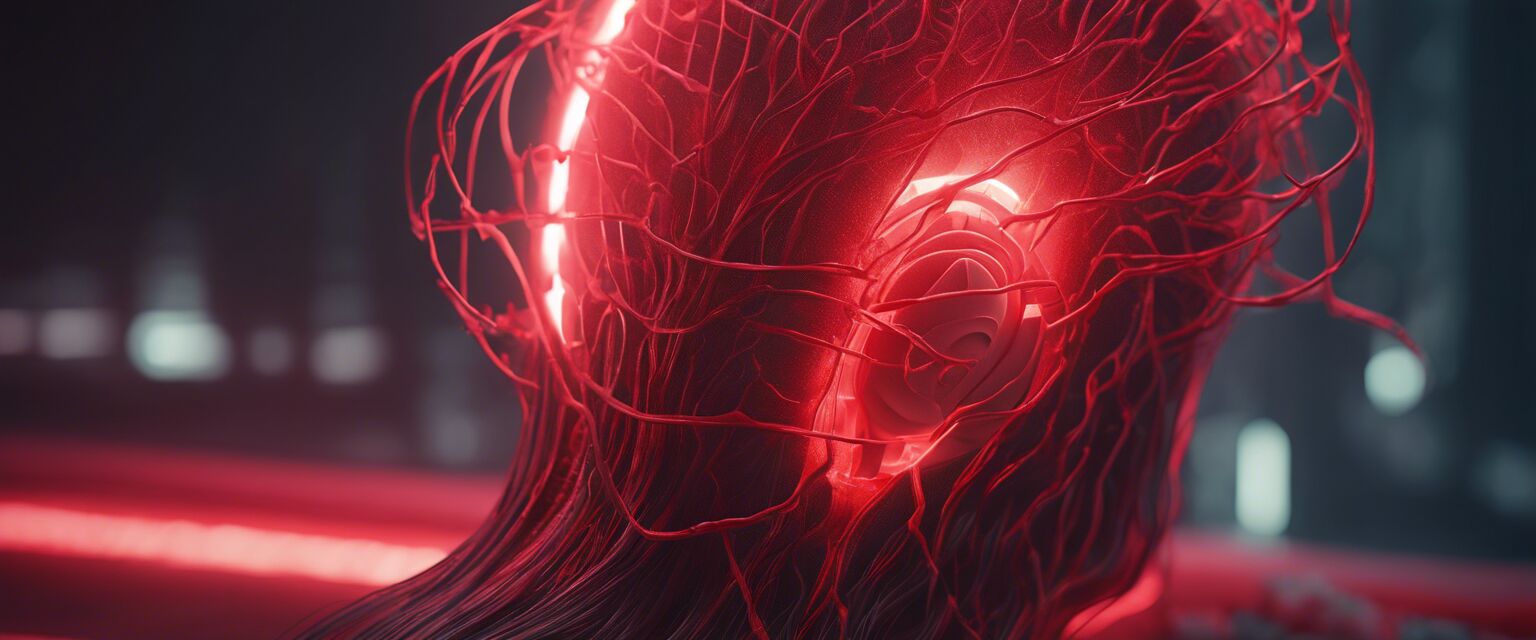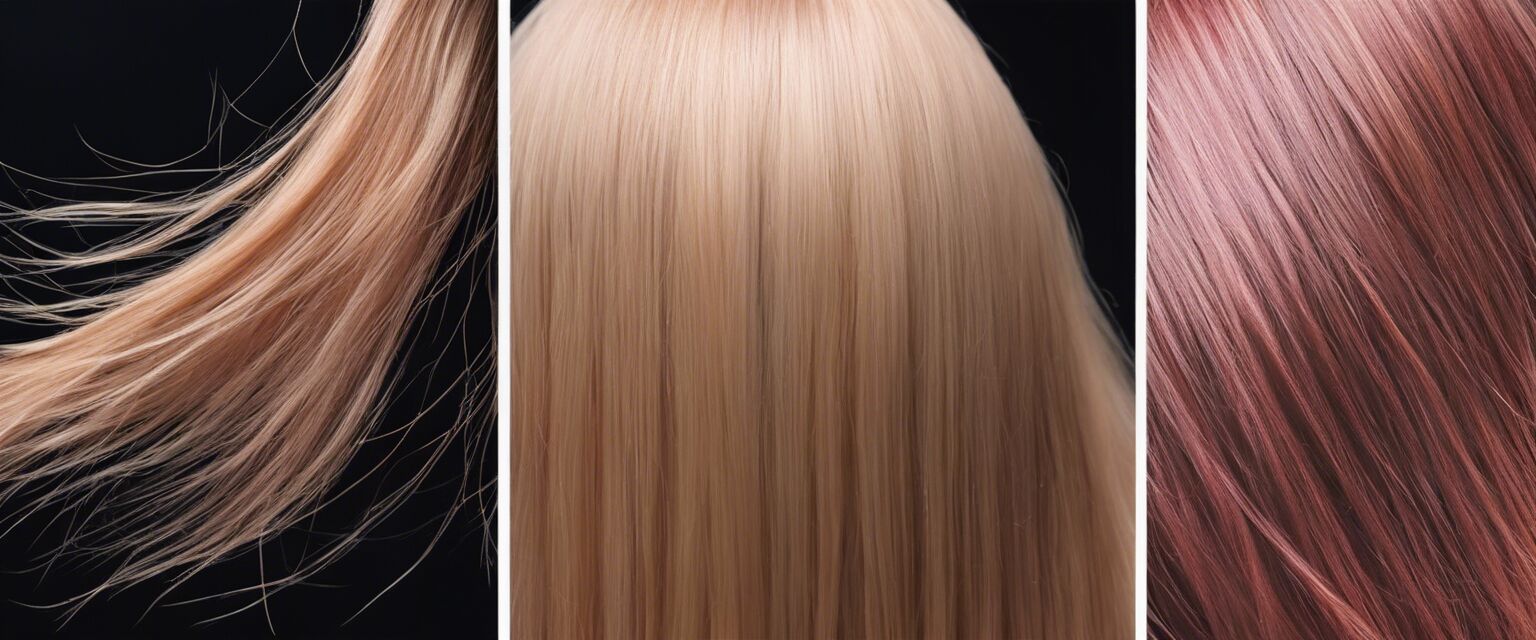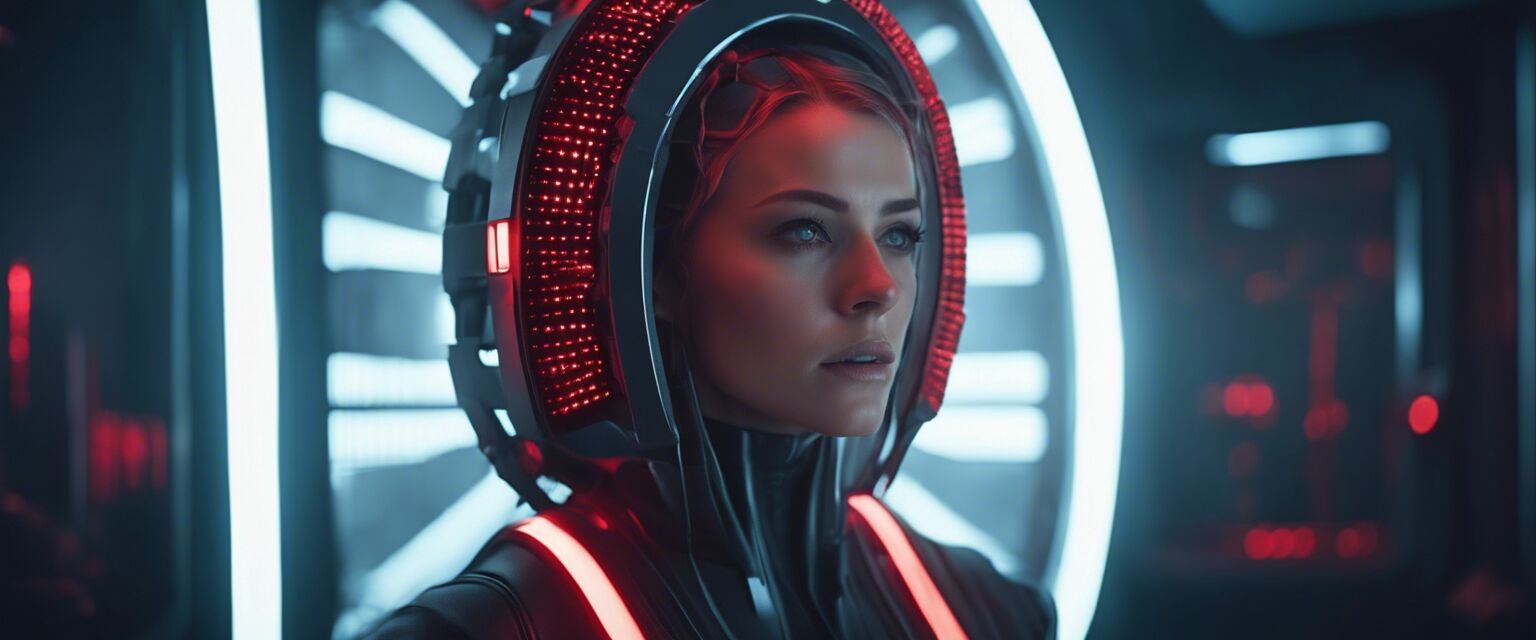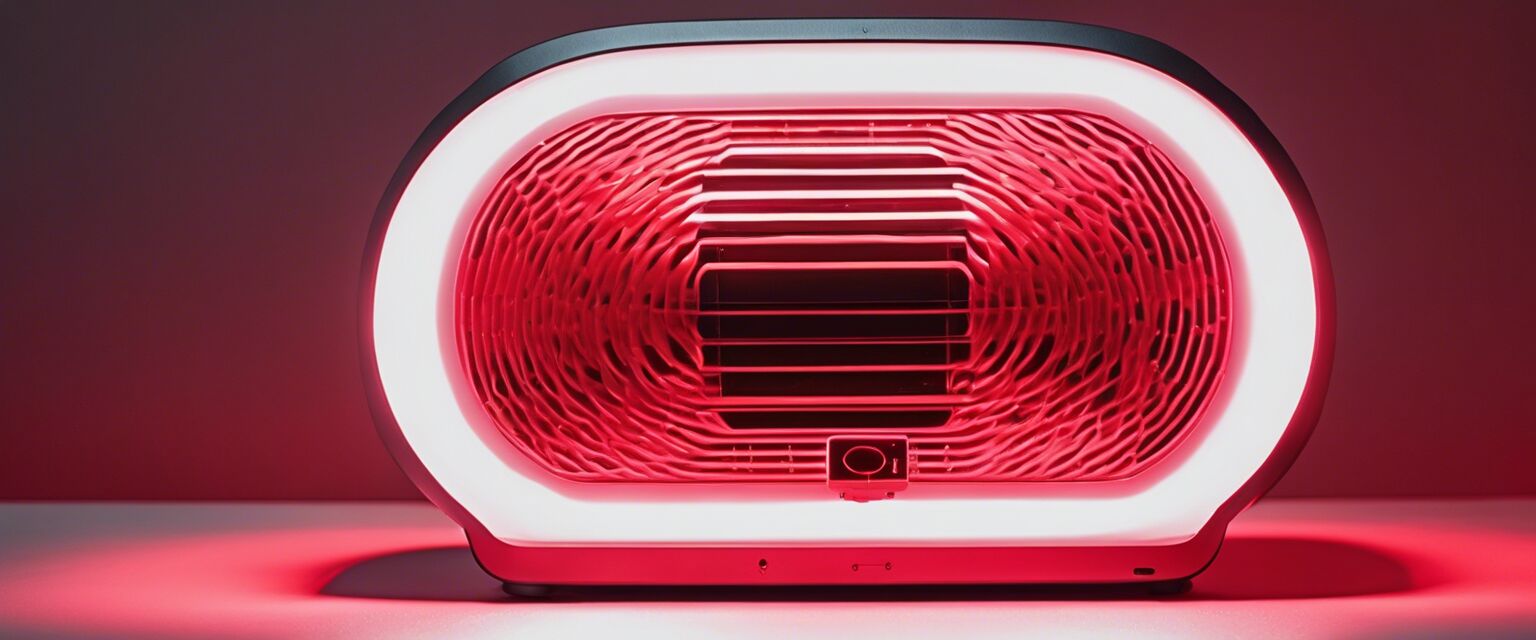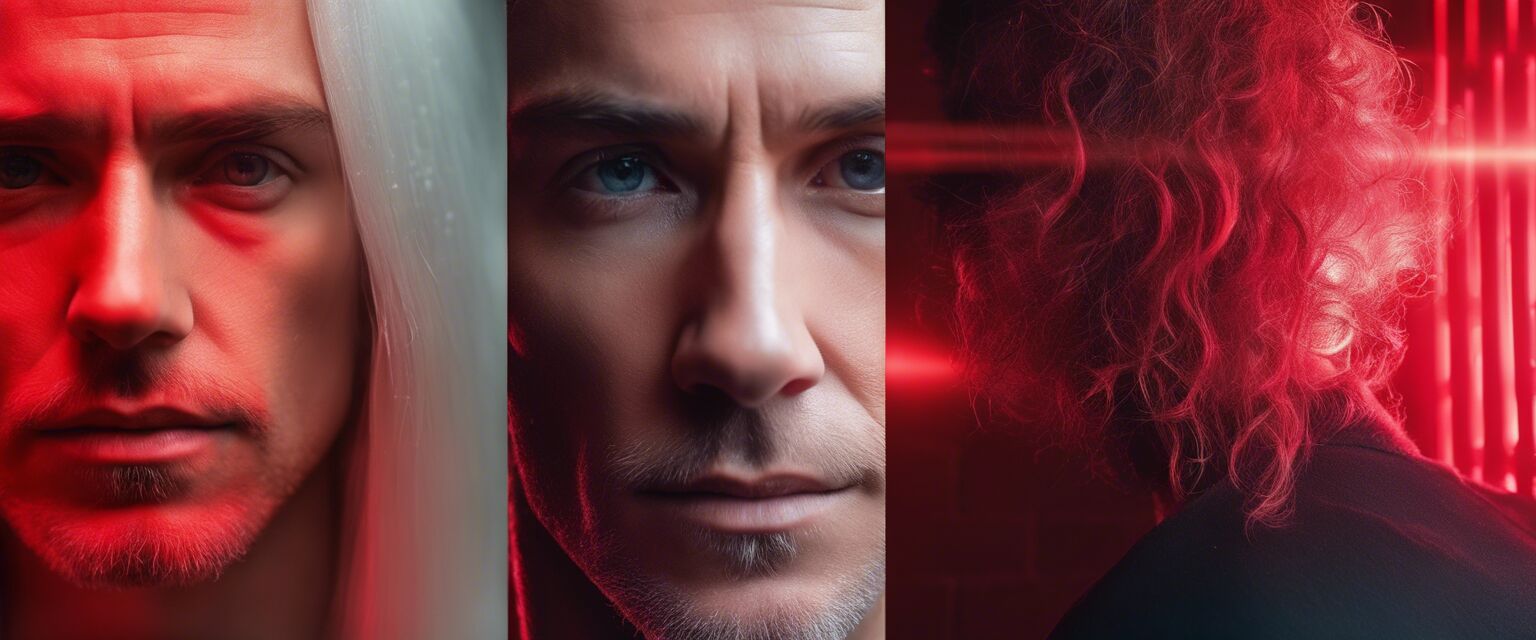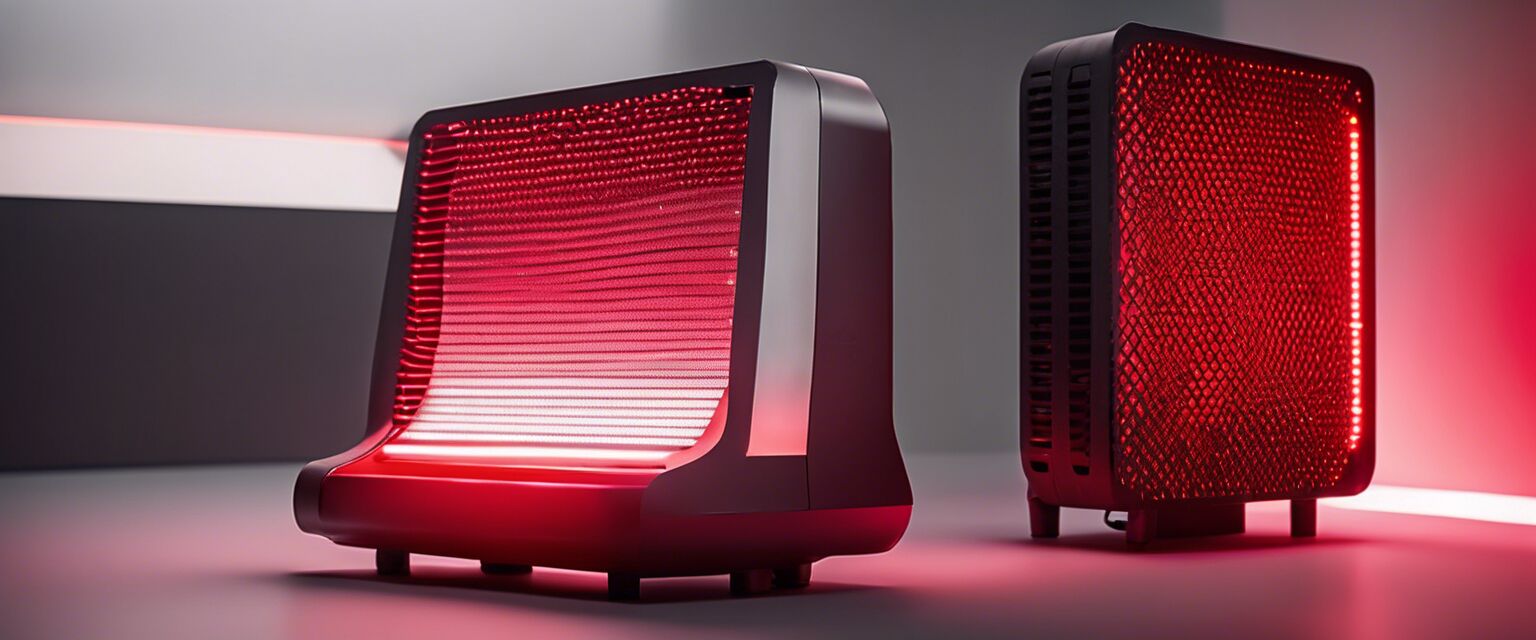
Potential side effects of red light therapy
Red light therapy is an innovative approach used for various applications, including hair growth. While the benefits of this therapy are well-discussed, itâs equally important to explore the possible side effects. This article provides an overview to better inform those considering this treatment.
Key takeaways
- Red light therapy is generally considered safe with minimal side effects.
- Potential side effects may include temporary redness, irritation, and headaches.
- Understanding individual sensitivity is importantâwhat may affect one person might not affect another.
- Always consult with a healthcare provider before starting any new treatment.
What is red light therapy?
Red light therapy involves exposing the skin to low-level wavelengths of red light. It is believed to stimulate cellular processes, improving various conditions, including hair loss. Below are some insights into this therapy:
- Often used in combination with other treatments.
- Typically administered using devices such as lasers or LED lamps.
- Sessions usually last 20 to 30 minutes and are conducted a few times a week.

Understanding the potential side effects
While many users report positive results, it's essential to be aware of the potential side effects associated with red light therapy. Below is a table outlining common side effects and their descriptions.
| Side Effect | Description |
|---|---|
| Redness | Temporary reddening of the skin at the site of exposure. |
| Irritation | Some users may experience itching or discomfort. |
| Headaches | In some cases, individuals report mild headaches following treatment. |
| Sensitivity | Increased sensitivity in the treated area, particularly for first-time users. |
Factors influencing side effects
The intensity and frequency of therapy can influence the likelihood of side effects. Here are some factors to consider:
- Intensity: Higher intensity levels may lead to increased side effects.
- Duration: Longer sessions could heighten the risk.
- Skin type: Individuals with sensitive skin may experience more discomfort.
- Pre-existing conditions: Those with specific skin disorders should consult a healthcare professional.
Managing side effects
If you experience side effects, here are some tips to help manage them:
Tips for managing side effects
- Start with shorter sessions and gradually increase the duration.
- Use a lower intensity setting when beginning treatment.
- Avoid applying any products on the skin immediately before treatment.
- Keep the treated area moisturized.
Consultation and personal considerations
Before beginning red light therapy, consulting with a healthcare provider is highly recommended. This will help tailor a treatment plan that maximizes benefits while minimizing risks.
When to seek help
- Persistent redness or irritation that does not subside.
- Severe headaches following treatment sessions.
- Any unusual skin reactions, such as blisters or peeling.
Pros
- Non-invasive treatment.
- Minimal downtime.
- Can be used in conjunction with other treatments.
Cons
- Possible temporary side effects.
- Effectiveness varies from person to person.
- Cost of devices and treatments can add up.
Further reading
To enhance your understanding of red light therapy, here are some useful internal resources to explore:

Conclusion
Red light therapy is a promising option for hair growth treatment, though it's important to be aware of potential side effects. Understanding these effects, their management, and consulting with professionals can help ensure a safe and beneficial experience. Make informed choices when considering red light therapy as part of your hair care regimen.

